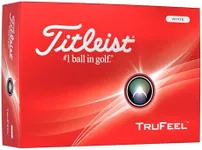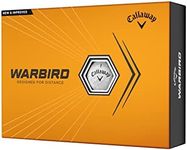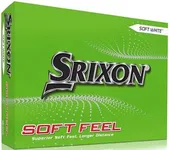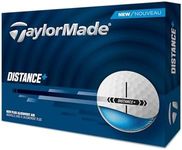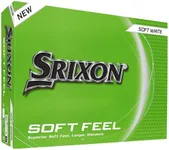We Use CookiesWe use cookies to enhance the security, performance,
functionality and for analytical and promotional activities. By continuing to browse this site you
are agreeing to our privacy policy
Best Golf Balls
From leading brands and best sellers available on the web.#2
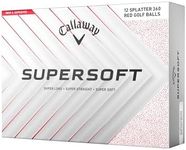
Callaway
Callaway Golf Supersoft Golf Ball 2025, Splatter Red
View Product
#3
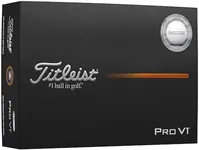
Titleist
Titleist Pro V1 Enhanced Alignment Golf Ball, Pack of 12, White
View Product
#4
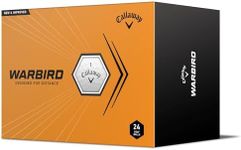
Callaway
Callaway Golf Warbird 24 Ball Pack, White
View Product
#5
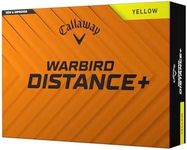
Callaway
Callaway Golf Warbird Distance + Golf Ball 2025, Yellow
View Product
#6
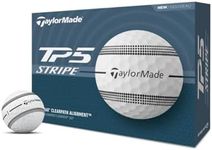
TaylorMade
TaylorMade Golf Ball TP5 Stripe, 12 Ball Pack, White
View Product
#7
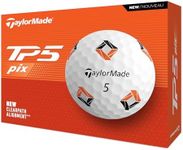
TaylorMade
TaylorMade TM24 TP5 pix Golf Balls 12 Ball Pack White
View Product
#8
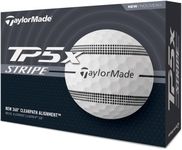
TaylorMade
8%OFF
TaylorMade TM25 TP5x Stripe GLB dz
View Product
#9
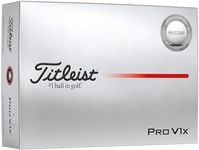
Titleist
Titleist Pro V1x Enhanced Alignment Golf Ball, Pack of 12, White
View Product
#10
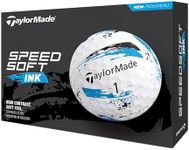
TaylorMade
TaylorMade SpeedSoft Ink Blue Golf Ball, 2024
View Product
Buying Guide for the Best Golf Balls
Choosing the right golf ball can significantly impact your game, as it affects distance, control, and feel. The right ball for you depends on your skill level, swing speed, and personal preferences. Understanding the key specifications of golf balls will help you make an informed decision that enhances your performance on the course.CompressionCompression refers to how much a golf ball deforms under pressure. It is important because it affects the feel and distance of the ball. Low compression balls (below 70) are softer and compress more easily, making them ideal for players with slower swing speeds who need more distance. Medium compression balls (70-90) offer a balance of distance and control, suitable for average swing speeds. High compression balls (above 90) are firmer and suited for players with fast swing speeds who can generate more power. Choose a compression that matches your swing speed to optimize performance.
Cover MaterialThe cover material of a golf ball affects its durability, feel, and spin. There are two main types: Surlyn and Urethane. Surlyn covers are more durable and provide less spin, making them suitable for beginners or those who prioritize distance and durability. Urethane covers offer more spin and a softer feel, which is preferred by more experienced players who want better control around the greens. Consider your skill level and what you value more in your game when choosing the cover material.
DimplesDimples on a golf ball influence its aerodynamics, affecting lift and drag. This is important because it impacts the ball's flight and distance. Most golf balls have between 300 and 500 dimples. More dimples generally mean a higher trajectory and more lift, which can be beneficial for players who need help getting the ball airborne. Fewer dimples can result in a lower, more penetrating flight. Consider your typical ball flight and what trajectory you prefer when selecting a ball with the right dimple pattern.
Spin RateSpin rate is the amount of spin a ball has when hit, affecting its control and stopping power. High spin balls provide more control and stopping power on the greens, which is beneficial for skilled players who can manage spin. Low spin balls reduce side spin, helping to minimize slices and hooks, making them ideal for beginners or those who struggle with accuracy. Consider your skill level and whether you need more control or forgiveness when choosing a ball with the appropriate spin rate.
FeelFeel refers to the sensation you get when hitting the ball, which is subjective but important for many players. A softer feel is often preferred for short game shots, providing more feedback and control. A firmer feel might be preferred for long shots, offering a sense of power and distance. Consider what type of feel you prefer in different aspects of your game and choose a ball that aligns with your preferences.
